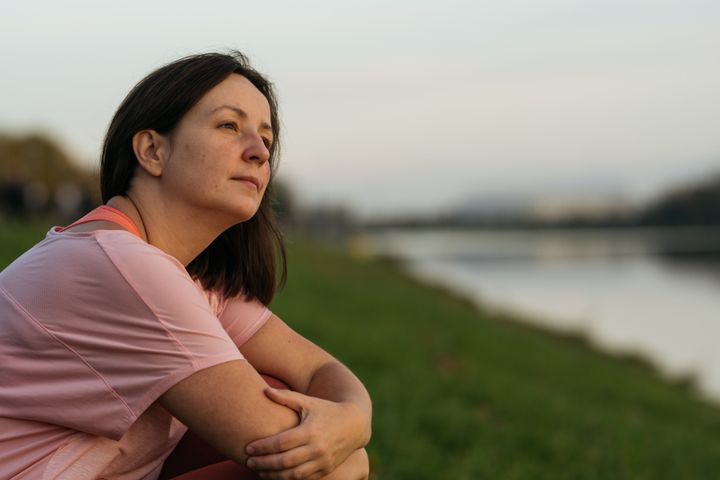
According to studies, exercising outdoors can improve our overall health, reduce stress, improve self-esteem and even improve our relationships with exercise and exertion.
In fact, authors of a 2013 study on exercising outdoors concluded: “The great outdoors, therefore, should not be just considered a playground for those who seek the thrills of extreme sports, but emphasis should be placed on access for all.”
When we discuss the accessibility of exercising outdoors, though, we need to be inclusive of those who are just too afraid to.
This includes the three-quarters of women who are afraid of exercising outdoors due to sexual harassment.
Women and girls facing sexual harassment outdoors
According to The Great Outdoors magazine: “97% of UK women aged between 18 and 24 have been sexually harassed. The majority of harassment – 80% – occurred in public spaces.”
Research by This Girl Can, a campaign run by Sport England, identified what it called an exercise “enjoyment gap” between men and women. In this study, it was revealed that 3 in 10 women have experienced harassment while exercising, mostly in parks or on the street.
This fear is putting women off exercising.
Katy Guest wrote about this for The Guardian and said: “As I pottered along [running], a lorry came from behind, drove onto the pavement and blocked my path.
“I walked into the traffic to go around it, and as I did I saw that the driver was laughing at me. I swore – and then he lost his temper. He drove towards me, along the pavement, shouting that he hoped I would be run over and die.”
The future of women’s safety outdoors
A study by the University of Leeds, released last year, outlined that women and girls should be involved in the design of parks to help tackle safety fears.
The study, commissioned by West Yorkshire mayor Tracy Brabin, called for better lighting, lower hedges and “escape routes” in green spaces.
According to The BBC: “The new guidelines, drawn up in partnership by the mayor, the University of Leeds, Make Space for Girls and Keep Britain Tidy, are aimed at park managers, local authorities, police and community groups.
“Other principles cited include organising activities to extend women’s use of parks and designing sites so paths and features maximise visibility and are easy to navigate.”
Additionally, the government has implemented a Safety of Women at Night Fund (SWaN) and the Minister of State said last month:
“Learnings from the SWaN Fund were incorporated into rounds Four and Five of the Safer Streets Fund, worth £50m and £35m respectively, which included a primary objective around combating violence against women and girls in public spaces, and have funded a range of interventions including CCTV, street lighting and educational initiatives with a focus on changing attitudes and behaviours.
“Round five is currently ongoing.”